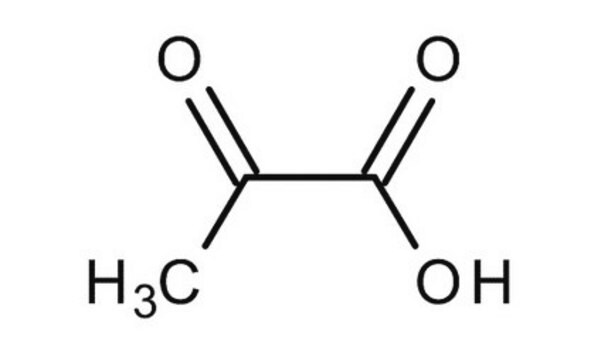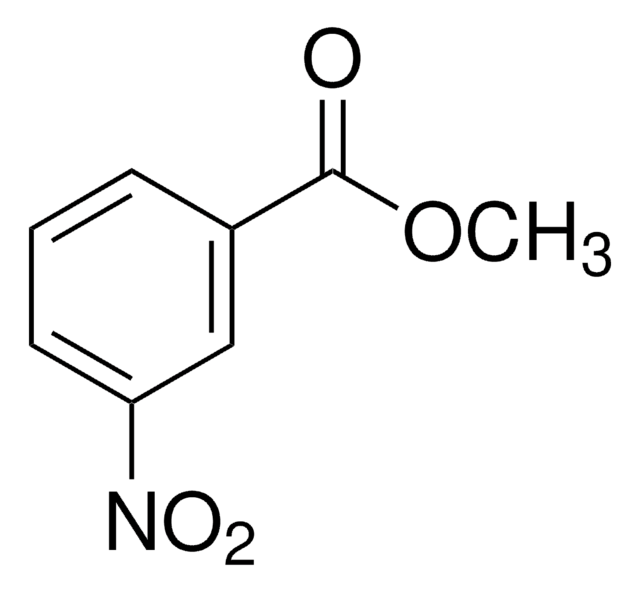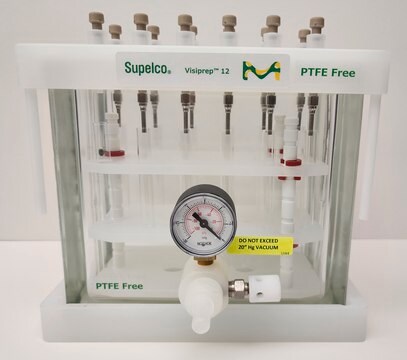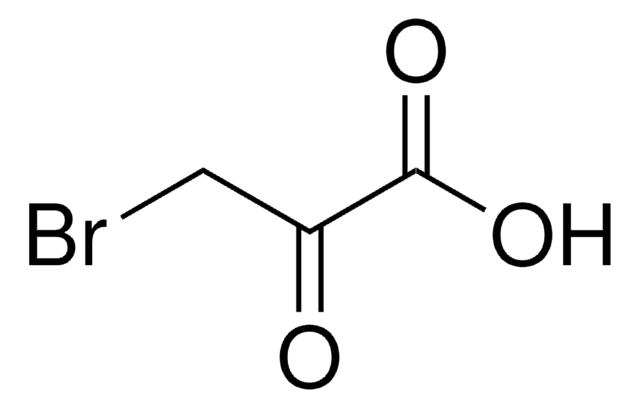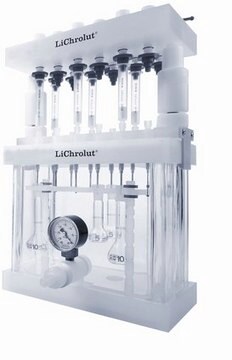W297070
Pyruvic acid
natural, ≥95%, FG
Synonym(s):
α-Ketopropionic acid, 2-Oxopropionic acid
About This Item
Recommended Products
grade
FG
Halal
Kosher
natural
Quality Level
reg. compliance
EU Regulation 1334/2008 & 178/2002
FDA 21 CFR 172.515
Assay
≥95%
greener alternative product characteristics
Less Hazardous Chemical Syntheses
Use of Renewable Feedstocks
Learn more about the Principles of Green Chemistry.
sustainability
Greener Alternative Product
refractive index
n20/D 1.428 (lit.)
bp
165 °C (lit.)
mp
11-12 °C (lit.)
density
1.267 g/mL at 25 °C (lit.)
application(s)
flavors and fragrances
Documentation
see Safety & Documentation for available documents
food allergen
no known allergens
greener alternative category
Organoleptic
caramel; acidic; sour
SMILES string
CC(=O)C(O)=O
InChI
1S/C3H4O3/c1-2(4)3(5)6/h1H3,(H,5,6)
InChI key
LCTONWCANYUPML-UHFFFAOYSA-N
Looking for similar products? Visit Product Comparison Guide
Related Categories
General description
Application
- Efficient synthesis of L-malic acid by malic enzyme biocatalysis with CO2 fixation.: This study highlights the biocatalytic synthesis of L-malic acid from pyruvic acid, demonstrating an efficient CO2 fixation process. The research opens new pathways for sustainable chemical production using pyruvic acid as a precursor (Shi et al., 2024).
- H(2)S-Powered Nanomotors for Active Therapy of Tumors by Inducing Ferroptosis and Lactate-Pyruvate Axis Disorders.: This study demonstrates the use of hydrogen sulfide-powered nanomotors for tumor therapy, inducing ferroptosis and disrupting the lactate-pyruvate metabolic axis, showcasing innovative applications of pyruvic acid metabolism in cancer treatment (Wang et al., 2024).
Biochem/physiol Actions
Signal Word
Danger
Hazard Statements
Precautionary Statements
Hazard Classifications
Eye Dam. 1 - Skin Corr. 1C
Storage Class Code
8A - Combustible corrosive hazardous materials
WGK
WGK 1
Flash Point(F)
183.2 °F - closed cup
Flash Point(C)
84 °C - closed cup
Personal Protective Equipment
Choose from one of the most recent versions:
Already Own This Product?
Find documentation for the products that you have recently purchased in the Document Library.
Customers Also Viewed
Our team of scientists has experience in all areas of research including Life Science, Material Science, Chemical Synthesis, Chromatography, Analytical and many others.
Contact Technical Service
